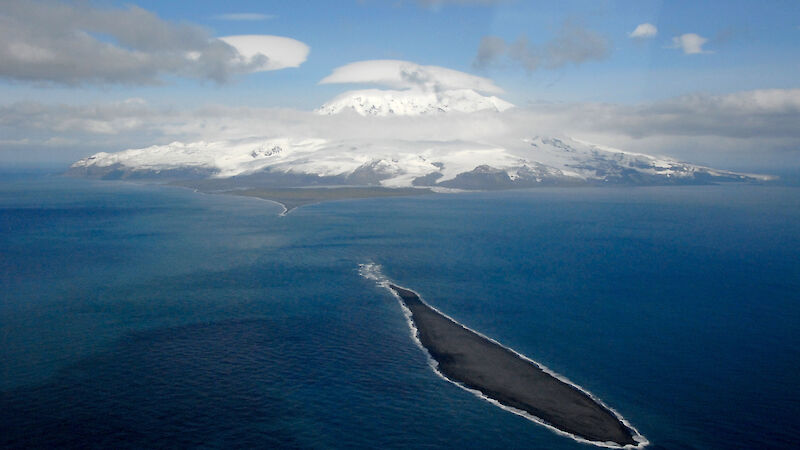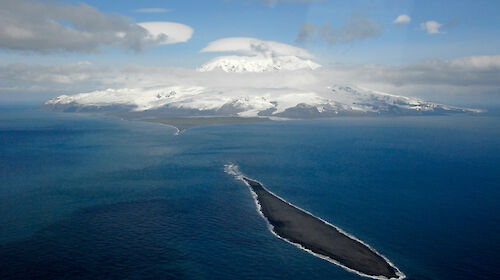“28 scientists and support personnel will leave today from Fremantle in Western Australia aboard the Southern Supporter to spend 12 weeks on rugged, uninhabited and inhospitable Heard Island.
Parliamentary Secretary for the Environment Dr Sharman Stone said that the remote subantarctic island, an Australian external territory, was a living laboratory and perfectly placed to study climate change and its impact on biodiversity.
Heard Island, along with the nearby McDonald Island, is part of the world’s largest marine reserve known as the Heard Island and McDonald Island Marine Reserve (HIMI) covering an area of 6.5 million hectares or 65,000 square kilometres.
“The land-based researchers will work in tandem with marine scientists in ocean-based studies which will be undertaken from onboard the Aurora Australis which departs Fremantle on December 8.
“Biologists will examine the interactions between key predators based on Heard Island including albatrosses, penguins and seals and their prey, the ocean environment and commercial fisheries.”
Dr Stone said that the aim was to establish the foraging habits and the diet of these marine predators for use in modelling environmentally sustainable commercial fishing limits in the HIMI reserve.
“These include trawl fisheries for toothfish and icefish and longline fishing for toothfish.
“Heard Island also provides us with an ideal setting to study biological responses to climate change. Aerial photographs of Heard Island show that in the past 50 years there has been dramatic shrinkage of the Brown Glacier to an area less than half what it was in 1950. The sub-Antarctic animals and plants must adapt to the changing environment and several factors make their value as research subjects unique.
“The ecosystem structure on these islands is relatively simple, they are isolated and any introduced species can be easily identified. As well, many of these organisms are living at the boundary of their range,” Dr Stone said.
“Detailed studies by glaciologists will help determine the reasons for, and effects of, such marked decline of Brown Glacier. They will be looking at the island’s glacial system as an indicator of the extent of climate change and variability.
“The Australian Government’s Antarctic program goes to Heard Island every three years to continue monitoring its biodiversity and climate. It is expected this work will lead to better predictions of the impact of future climate change,” Dr Stone said.
Heard Island
- 2003 – 150th anniversary of the first confirmed sighting of Heard Island by Captain John J. Heard (25/11/1873)
- 1947 – first AAD expedition to Heard Island led by Group Captain S.A.C. Campbell. Official proclamation restating Australian sovereignty (29/12/1947)
- 1955 – station closed


